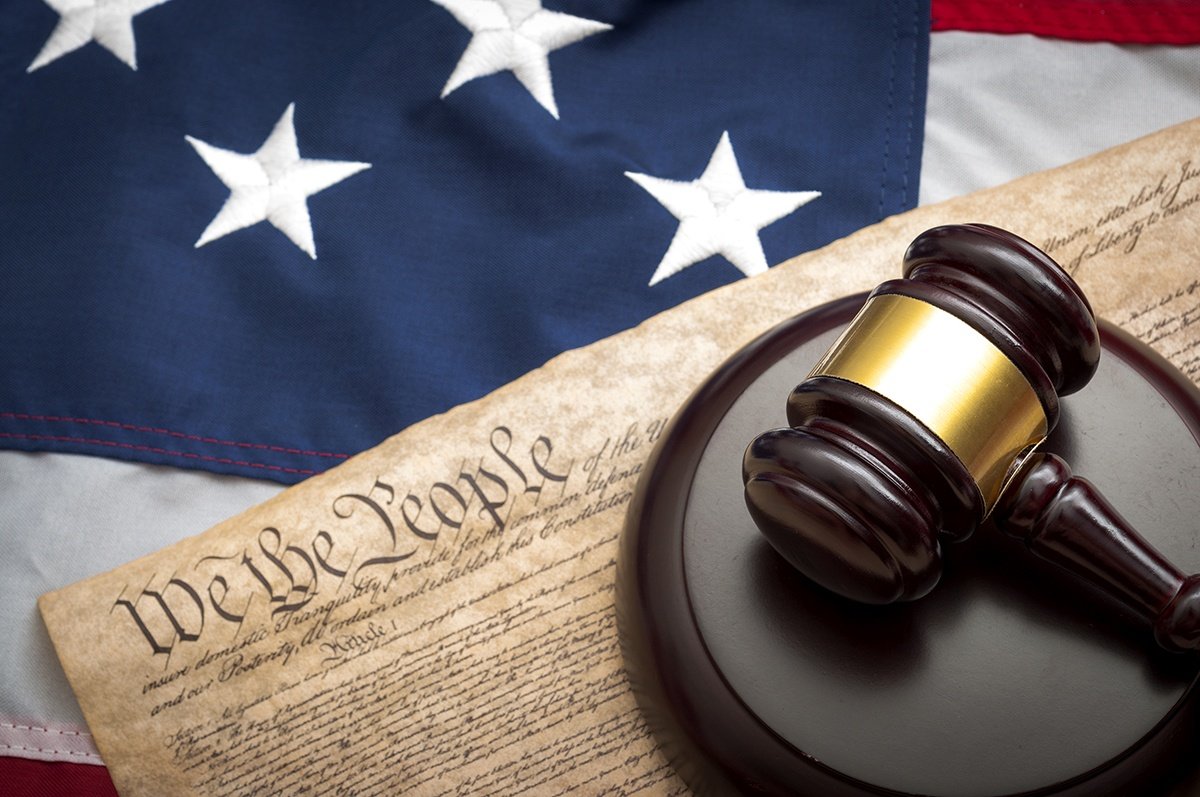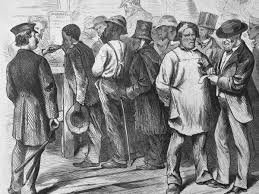By Elizabeth Neuland
On May 4, 2021, New York became the 20th state to restore the right to vote to individuals upon release from custody, regardless of parole status. In a time when the United States government is trying to protect voting rights through the “For the People Act” and “The John Lewis Voting Rights Advancement Act,” and while some states are seeing radical legislation proposed that would potentially suppress the right to vote, New York needs to abolish the antiquated practice of felony disenfranchisement and guarantee the right to vote to all eligible New Yorkers regardless of incarceration status. The practice of felony disenfranchisement does not align with the values and core curriculum of the programs being provided by the New York State Department of Corrections and Community Supervision (“DOCCS”) within state correctional facilities. The overview statement for program services reads, “DOCCS offers an extensive array of programs and services for incarcerated individuals to assist them in redirecting their lives and becoming productive, law-abiding members of society.” Although the word “rehabilitation” is absent, this statement essentially summarizes what rehabilitation is. The argument to abolish felony disenfranchisement is highlighted by the vast rehabilitation efforts taken by DOCCS, through numerous employment and vocational programs, temporary release programs, and educational opportunities. Felony disenfranchisement stands in stark opposition to rehabilitation because it alienates individuals from the very communities to which DOCCS is taking great measures to help them to return In addition to rehabilitation, restoring the right to vote to all eligible New Yorkers regardless of incarceration status would raise the level of accountability for state politicians, lawmakers, and DOCCS itself. It is no secret that correctional facilities can be dangerous places, due to both interpersonal violence and acts of self-inflicted harm, including suicide. Accountability should apply to those that are the guardians of a vulnerable population. In Parts I and II, this Comment provides a brief overview of international and national practices of felony disenfranchisement to see where New York fits into the landscape. Part III concentrates on New York State. Its legislation affecting disenfranchisement and the number of individuals incarcerated are discussed to highlight how many people are affected by felony disenfranchisement. The argument to fully abolish felony disenfranchisement is made through discussions of rehabilitation and accountability. Lastly, this Comment describes how all New York citizens could be enfranchised.
City University of New York Law Review. 2022, 25pg




